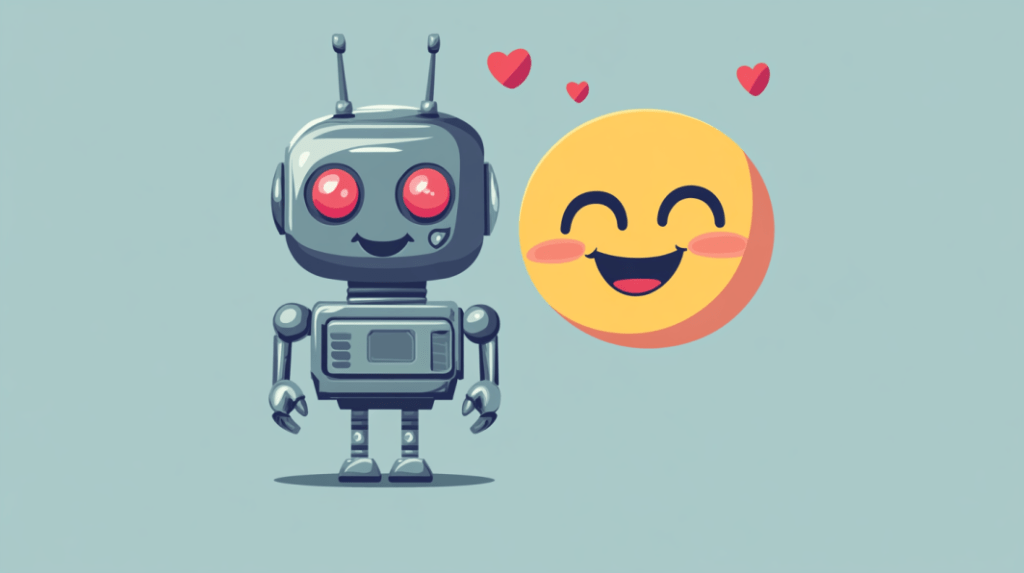Build your own AI-powered robot: Hugging Face’s LeRobot tutorial is a game-changer
Join our daily and weekly newsletters for the latest updates and exclusive content on industry-leading AI coverage. Learn More
Hugging Face, the open-source AI powerhouse, has taken a significant step towards democratizing low-cost robotics with the release of a detailed tutorial that guides developers through the process of building and training their own AI-powered robots.
The tutorial, published today, builds upon the company’s LeRobot platform launched in May and marks a significant move to bring artificial intelligence into the physical world.
This initiative marks a pivotal moment in the field of robotics, traditionally dominated by large corporations and research institutions with substantial resources.
By providing a comprehensive guide that covers everything from sourcing parts to deploying AI models, Hugging Face is empowering developers of all skill levels to experiment with cutting-edge robotics technology.
From code to reality: How AI is revolutionizing DIY robotics
Remi Cadene, a principal research scientist at Hugging Face and a key contributor to the project, describes the tutorial as a way to “unlock the power of end-to-end learning—like LLMs for text, but designed for robotics.”
In a series of tweets, Cadene highlighted the potential for developers to train neural networks that predict motor movements directly from camera images, mirroring the way large language models (LLMs) process text.
“You will learn how to train a neural network to directly predict the next motor rotations straight from camera images,” Cadene explained, underscoring the tutorial’s focus on practical, real-world applications of AI in robotics.
Central to the tutorial is the Koch v1.1, an affordable robotic arm designed by Jess Moss.
This version improves upon Alexander Koch’s original design, featuring a simplified assembly process and enhanced capabilities. “We first guide you to our bill of materials to order your robot parts (in $, £ or €),” Cadene tweeted, emphasizing the project’s global accessibility.
The tutorial includes detailed videos walking users through each step of the assembly process, ensuring that even those new to robotics can successfully build their own AI-powered arm. This approach significantly lowers the barrier to entry for robotics development, making it accessible to a much wider audience.
Building the future: Collaborative AI and the democratization of robotics
One of the most innovative aspects of the tutorial is its emphasis on data sharing and community collaboration. Hugging Face provides tools for visualizing and sharing datasets, encouraging users to contribute to a growing repository of robotic movement data.
“If we all record datasets and share them on the hub, everyone will be able to train an AI with unmatched abilities to perceive the world and act on it!” Cadene said, pointing to the potential for collaborative innovation that could accelerate advancements in AI-driven robotics.
In a forward-looking move, Cadene hinted at an even more accessible robot in development. Dubbed Moss v1, this new model promises to bring the cost down to just $150 for two arms and eliminate the need for 3D printing. This development could further democratize access to robotics technology, making it available to an even wider audience.
The AI-robotics revolution: Implications for industry and society
The release of this tutorial comes at a crucial time for AI and robotics. As industries increasingly turn to automation to solve complex problems, the integration of AI with physical systems represents the next frontier of technological innovation. The ability to train robots to perform tasks autonomously, based on visual inputs, could have profound implications across various sectors, from manufacturing to healthcare.
However, the democratization of robotics technology also raises important questions about the future of work, privacy, and the ethical considerations of widespread automation. Hugging Face’s open-source approach ensures that these technologies are not confined to the domain of large corporations but are accessible to a broader audience, potentially leading to more diverse applications and innovations.
Hugging Face’s new tutorial represents more than just a technical guide—it’s a roadmap for the future of AI and robotics. By lowering the barriers to entry and fostering a collaborative community, Hugging Face is making AI-driven robotics more accessible than ever before. For developers, entrepreneurs, and technical decision-makers, the message is clear: the future of robotics is within reach, and the time to start building is now.
As this technology matures, it has the potential to reshape industries, create new opportunities, and fundamentally change the way we interact with machines in our daily lives. The true impact of this initiative will only become clear in the coming months and years, but one thing is certain: Hugging Face has taken a significant step towards democratizing the future of robotics and AI.
Source link


